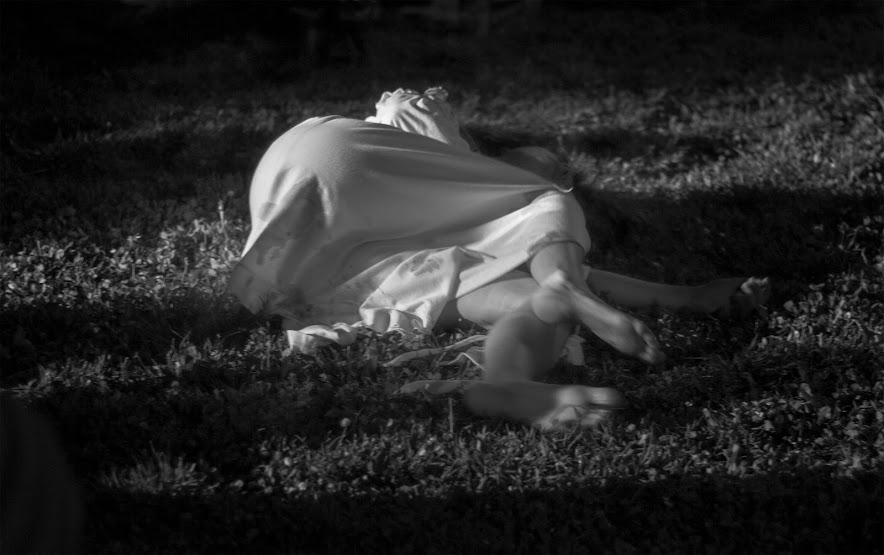Confieso que he vivido
Para una mujer como yo, que se separó de su marido, que tuvo
un hombre diferente y luego descubrió que podía ser lesbiana y feliz, la vida
no es tan fácil en un pueblo pequeño, en el que te conviertes en la enemiga de
la policía, los militares, los paramilitares o la guerrilla.
El control de las guerrillas incluía la vida íntima de las
comunidades y, en el caso de las mujeres, la violencia intrafamiliar, problemas
de pareja, separaciones, la regulación de su comportamiento, todo aquello que
no era «bien visto» en una mujer: las infidelidades, involucrarse con hombres
casados, el chisme, caminar por la calle a ciertas horas y lugares, ciertas
relaciones afectivas y sexuales –específicamente con integrantes de la fuerza
pública–, por mencionar algunos ejemplos.
La descripción que hace María, sobre cómo era vivir en un
territorio donde la autoridad era la guerrilla, coincide con las narraciones de
mujeres campesinas, negras, afrodescendientes e indígenas de departamentos como
Antioquia, Meta, Cauca, Putumayo, Nariño, Caquetá y Tolima, entre otros, que explican
cómo las normas de comportamiento, la mediación en los conflictos comunitarios
y la administración de justicia estaban reguladas por los frentes de las
FARC-EP allí asentados. (*)
La falta de presencia estatal como agente mediador en los
conflictos de la población civil y como garante del cumplimiento de la ley y la
seguridad, particularmente en territorios rurales, fue la antesala para que las
FARC-EP pudieran imponer, o en algunas ocasiones concertar con las comunidades,
«manuales de convivencia», que legitimaban política y socialmente a los
guerrilleros como autoridad en el territorio.
En relación con las mujeres, en algunas ocasiones esta
función de autoridad fue vista con buenos ojos por la población civil, sobre
todo a causa de una violencia permanente que se ejercía contra ellas. (*)
Tal fue la autoridad de este grupo en la vida social de las
comunidades, que en Chaparral (Tolima) el Frente 21 era conocido como la
«Fiscalía 21» y esto era aceptado por algunos funcionarios institucionales,
pues no solo eran conscientes de que esta guerrilla administraba justicia, sino
también que era difícil entrar a estos territorios y resolver situaciones. Así
que determinaron en numerosas ocasiones remitir a la «Fiscalía 21», es decir,
la guerrilla, a las personas que iban a hacer una denuncia. (*)
(*) Mi cuerpo es la verdad. Experiencias de mujeres y
personas LGBTIQ+ en el conflicto armado. Hay futuro si hay verdad. Informe
Final de la Comisión para el Esclarecimiento de la Verdad, la Convivencia y la
No Repetición (Bogotá, 2022).
Fotografía e instalación de Manuel Antonio Velandia Mora. Procesamiento sobre retrato de 2017. Lugar: Bogotá, Colombia. Fecha: 10/2019. Velandia es Ganador de la Beca Idartes de apropiación de Bogotá Diversa dirigida a los sectores sociales en la categoría víctimas del conflicto armado colombiano.
I confess that I have lived
The control
of the guerrillas included the intimate life of the communities and, in the
case of women, intrafamily violence, relationship problems, separations, the
regulation of their behavior, everything that was not "welcome" in a
woman: infidelities, getting involved with married men, gossip, walking down
the street at certain times and places, certain affective and sexual
relationships –specifically with members of the public force–, to mention a few
examples.
The
description that María makes, about what it was like to live in a territory
where the authority was the guerrilla, coincides with the narrations of
peasant, black, Afro-descendant and indigenous women from departments such as
Antioquia, Meta, Cauca, Putumayo, Nariño, Caquetá and Tolima, among others,
which explain how the norms of behavior, mediation in community conflicts and
the administration of justice were regulated by the FARC-EP fronts settled
there. (*)
The lack of
state presence as a mediating agent in the conflicts of the civilian population
and as a guarantor of compliance with the law and security, particularly in
rural territories, was the prelude to which the FARC-EP could impose, or on some
occasions agree with the communities, “coexistence manuals”, which politically
and socially legitimized the guerrillas as authorities in the territory.
In relation
to women, on some occasions this role of authority was viewed favorably by the
civilian population, especially because of the permanent violence that was
exercised against them. (*)
Such was
the authority of this group in the social life of the communities, that in
Chaparral (Tolima) the 21st Front was known as the "21st Prosecutor's
Office" and this was accepted by some institutional officials, since they
were not only aware that this guerrilla administered justice, but also that it
was difficult to enter these territories and resolve situations. So they
determined on numerous occasions to send the people who were going to make a
complaint to the "21st Prosecutor's Office", that is, the guerrillas.
(*)
(*) My body
is the truth. Experiences of women and LGBTIQ+ people in the armed conflict.
There is a future if there is truth. Final Report of the Commission for the
Clarification of Truth, Coexistence and Non-Repetition (Bogotá, 2022).
Photography
and installation by Manuel Antonio Velandia Mora. Processing on portrait of
2017. Place: Bogotá, Colombia. Date: 10/2019. Velandia is the Winner of the
Idartes Scholarship for appropriation of Bogotá Diverse aimed at the social
sectors in the category of victims of the Colombian armed conflict.
Este ARTivista es miembro del colectivo Prensa marica





Comentarios
Publicar un comentario